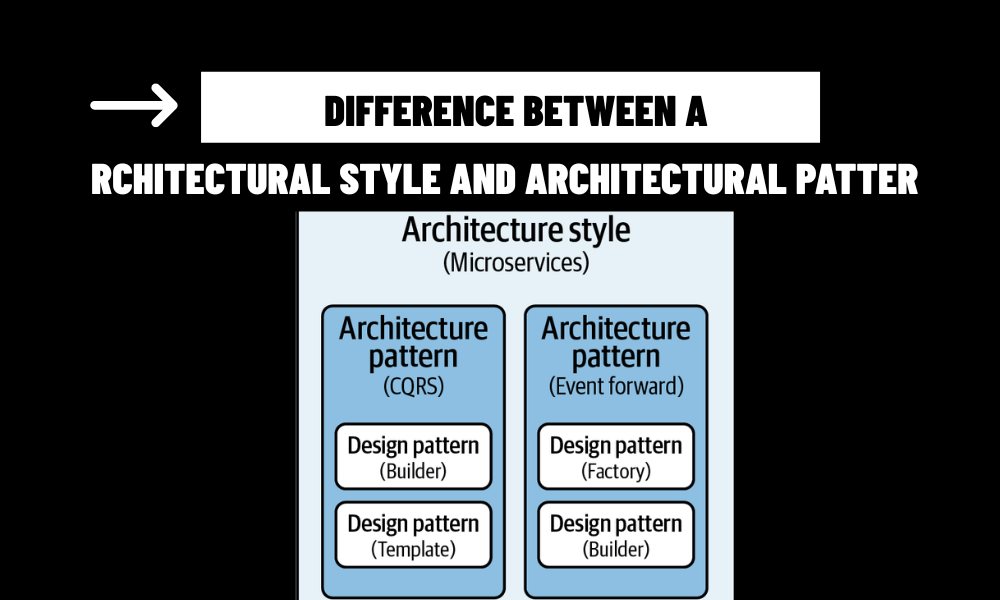The design of homes today, especially in the context of smart home technology and modern residential trends, often involves a nuanced understanding of both architectural style and architectural pattern. These two terms, while related, represent distinct aspects of architecture, each influencing different parts of the building process. In this article, we will break down the difference between architectural style and architectural pattern, providing insight into how each concept plays a critical role in modern home design.
Architectural Style: Defining Aesthetic Appeal and Cultural Identity
At its core, architectural style refers to the visual characteristics and aesthetic preferences that define buildings from a specific time period, cultural movement, or design philosophy. It includes the shape, form, and materials used, as well as the decorative elements that give a building its unique identity. For example, Neoclassical architecture is known for its use of columns, symmetry, and grandeur, while Contemporary architecture may lean towards minimalist designs with sleek, open spaces and advanced materials like glass and steel.
In the context of smart homes, architectural style can influence everything from the exterior façade to the interior layout and decor. For instance, a mid-century modern style home may feature expansive windows, an open floor plan, and the use of natural materials, while a Victorian style home may boast elaborate woodwork, bay windows, and ornamental detailing.
Architectural style shapes how a home looks and feels, but it is not inherently concerned with how the home functions in terms of energy efficiency, space utilization, or technological integration. For example, a Gothic-style house might look stunning but would not inherently address modern issues like energy efficiency or smart home automation.

Architectural Pattern: Creating Functional, Adaptable Spaces for Modern Living
Architectural patterns, in contrast, focus on solving design problems related to functionality, adaptability, and space optimization. These patterns are not confined to any specific style or time period and can be applied across a variety of architectural styles. In modern home design, especially for smart homes, these patterns are essential for creating spaces that meet the needs of contemporary lifestyles, which increasingly demand flexibility, efficiency, and technological integration.
For example, the open-plan layout is an architectural pattern that is highly popular in modern homes. This pattern eliminates traditional room divisions, making spaces feel larger and more interconnected. It also facilitates ease of movement and allows for better light distribution, which is particularly valuable in smart home designs where smart lighting systems can optimize energy usage.
Similarly, modular architecture is another influential architectural pattern. In a modular design, components of the house are pre-fabricated off-site and then assembled on location. This approach allows for faster construction times, reduced costs, and better design flexibility, making it ideal for homeowners who prioritize both smart technology integration and sustainable building practices.
Why Understanding Both Architectural Style and Architectural Pattern Matters
For smart home designers and architects, understanding the difference between architectural style and architectural pattern is essential in creating homes that balance both aesthetic appeal and practical functionality. While style informs the look and feel of a space, patterns provide the solutions needed to optimize the home for modern living, technology, and sustainability.
Merging Style and Pattern for the Smart Home of Tomorrow
In modern architecture, the balance between architectural style and architectural pattern is crucial for creating homes that are not only visually stunning but also practical, efficient, and equipped for the future. As technology continues to evolve, smart home designs must integrate both timeless aesthetic appeal and innovative, functional design solutions to meet the needs of today’s homeowners. Understanding the distinct roles that architectural style and architectural pattern play ensures that architects and homeowners alike can craft spaces that are both beautiful and functional.
